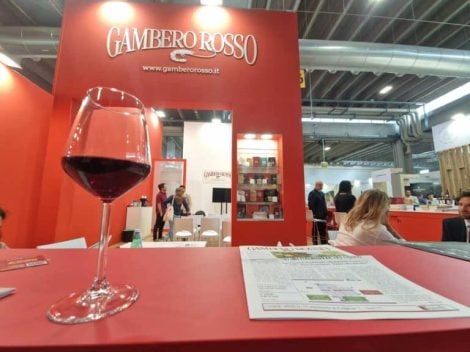January saw negative figures for the main Liv-ex indices, the fine wine exchange. The exception was Italy (Italy 100), which appears to be resisting the general downturn observed even in 2024. The report from the London-based company highlights that the Italy 100, after a dip in December, showed a positive gain of 0.6%, demonstrating resilience and a demand/supply ratio above 0.5%— better than all other indices in the secondary fine wine market. To put this in perspective, the Liv-ex Fine Wine 100 index, which serves as the sector's benchmark (including the world's 100 most sought-after wines), fell by 0.4%.

Northern Italy in the spotlight
The report notes that while the Super Tuscans are the most traded, the best price performances compared to the previous month belong to labels from the North-West, particularly Piedmont. The only decline was recorded by the 2019 vintage of Barbaresco from Gaja, which dropped by 0.6%.
The general consensus among analysts is that Italian wines will continue to withstand the negative trend in the coming months, compared to other major indices (including Bordeaux, California, Rhône, Burgundy, and Champagne), which may continue to struggle. Over the past five years, ten out of 18 Liv-ex indices have declined. Compared to five years ago, Italy remains in positive territory, with an index value of 353.04—an increase of 18.2%.
A more dynamic market
In particular, trading activity on the Italy 100 was significantly more dynamic in January 2025 compared to December 2024. The number of transactions increased by 12.3%, the volume of wines traded was 37% higher, and values rose by 13.4%. Comparing figures year-on-year with January 2024, the Liv-ex index for Italian fine wines recorded a 23.6% increase in the number of transactions, a 41.5% rise in volume, and a 13% increase in value. This is clear evidence that buyers are seeking to strike deals at significantly lower prices than in the past.


 Meloni: "Tariffs? If necessary, there will be consequences. Heavy impact on agri-food sector"
Meloni: "Tariffs? If necessary, there will be consequences. Heavy impact on agri-food sector" The Government honours the greats of Italian cuisine, from Bottura to Pepe. Massari: "Thank you, Meloni, the only one who listened to us"
The Government honours the greats of Italian cuisine, from Bottura to Pepe. Massari: "Thank you, Meloni, the only one who listened to us" "We must promote a cuisine that is not just for the few." Interview with Massimo Bottura
"We must promote a cuisine that is not just for the few." Interview with Massimo Bottura Wine was a drink of the people as early as the Early Bronze Age. A study disproves the ancient elitism of Bacchus’ nectar
Wine was a drink of the people as early as the Early Bronze Age. A study disproves the ancient elitism of Bacchus’ nectar "From 2nd April, US tariffs between 10% and 25% on wine as well." The announcement from the Wine Trade Alliance
"From 2nd April, US tariffs between 10% and 25% on wine as well." The announcement from the Wine Trade Alliance






